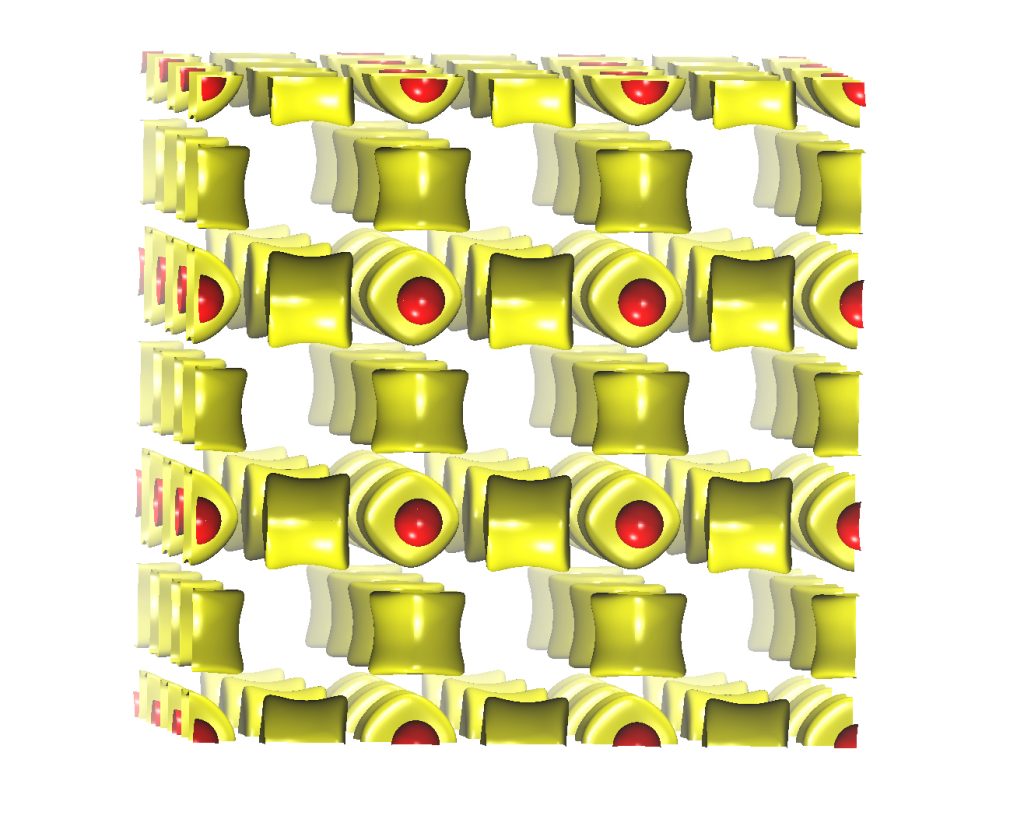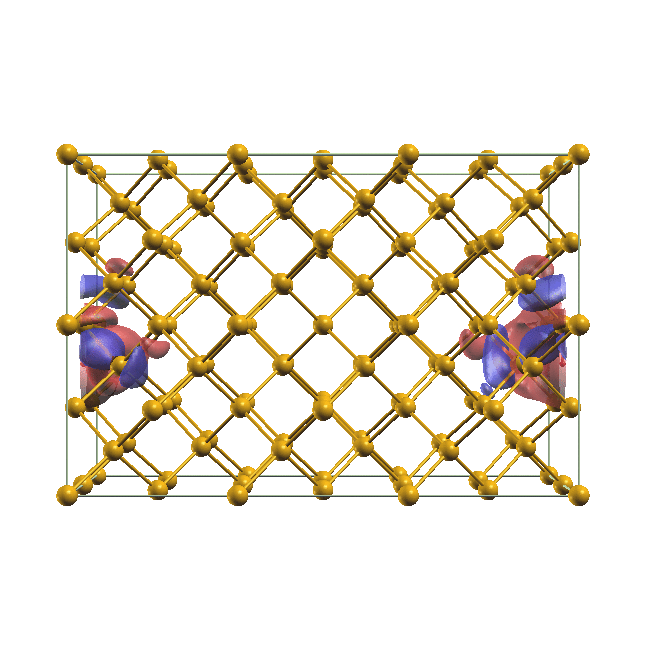Themes
Quantum Simulations Laboratory


Our group focuses on using principles of quantum mechanics to study the intricate microscopic properties of the condensed matter systems. This is primarily theoretical work, however, more often than not the equations involved are so complex and the system sizes are so large that the problem becomes intractable. Hence a part of our work is translating mathematical equations into computer algorithms and codes. But mostly we employ already developed computational tools to study the physical phenomena in the microscopic world.
Radiation – Matter Interaction
When an ionizing particle shoots through matter it dissipates its energy by exciting the host electrons. The time scale of the energy dissipation processes is in femtosecond. The consequent
time-dependent electron dynamics requires a quantum mechanical description. The quantum mechanical treatment of radiation matter interaction in bulk materials has been around for some time. However, very little is known about the dissipation mechanism in 2D materials and its dependence on the dimensionality.
Matter at High Pressure
The general belief that when solids are subject to higher pressures insulators transition to metals and the metals become even better metals. This does not always hold – particularly in case of the simple metals at high pressures. Instead, the simple metals become insulators. The underlying physics of this phenomena is quite puzzling and lacks a clear understanding.
